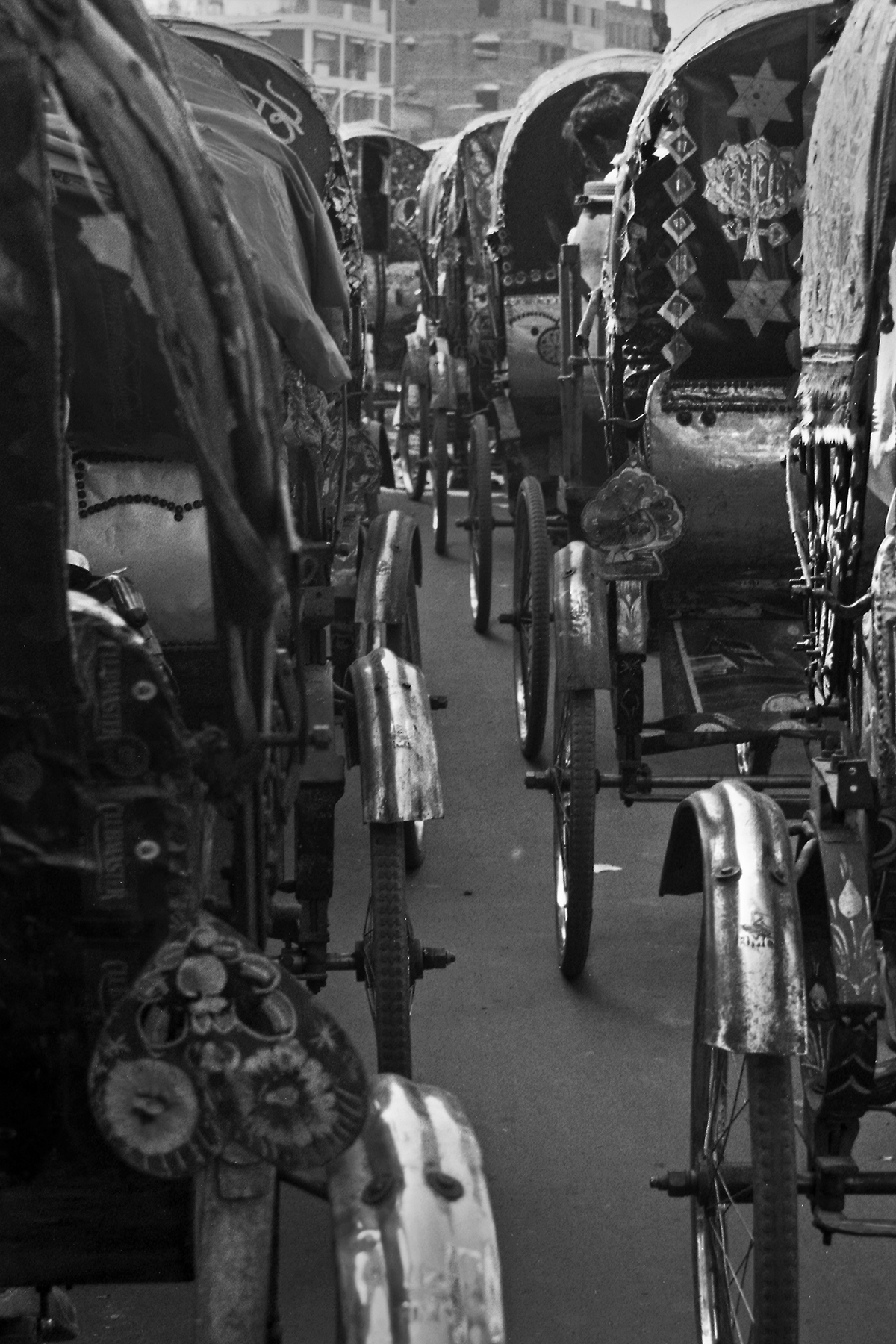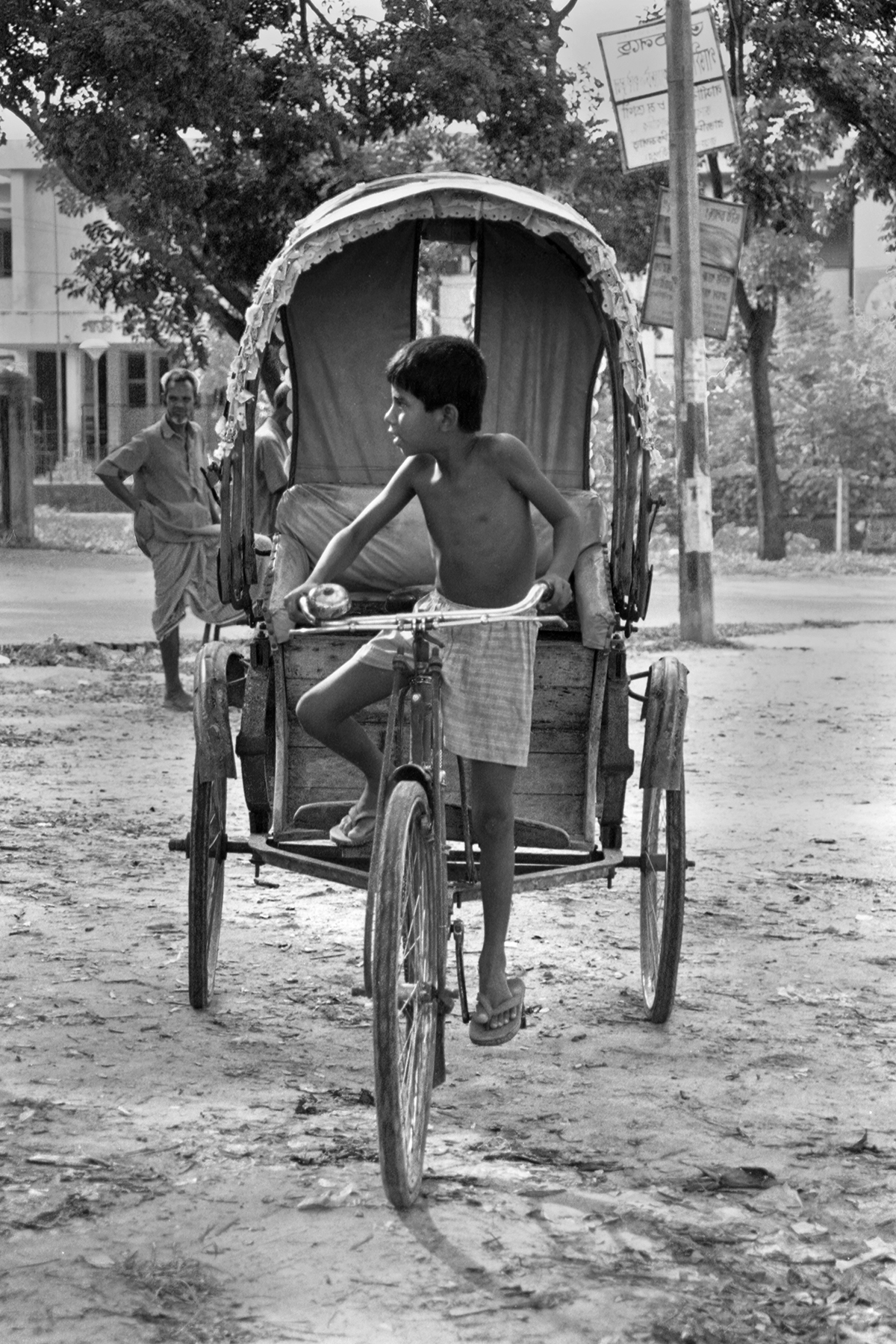Rickshaws are a lifeline in Dhaka, weaving through the city’s streets and keeping its cultural heartbeat alive. Affordable and zero-emission, they remain the transport of choice for middle-class residents—crucial in easing congestion without compromising air quality. Without rickshaws, Dhaka’s modern culture would lose its vitality.
Yet beneath their colorful exteriors lies a more troubling reality: the health of rickshaw pullers. Studies show 94% of pullers suffer from health problems like fever, cough, and muscle pain—common issues compounded by long hours and poor nutrition. Many suffer from serious respiratory conditions due to air pollution; one study found urban rickshaw pullers had significantly lower lung function than their rural counterparts jhehp.zums.ac.ir.
Their diets are often unbalanced, with most relying heavily on rice and potatoes and eating minimal proteins, fruits, or vegetables—failing to match their high physical energy expenditure. Add to this limited access to healthcare: most rely on pharmacies rather than clinics, and many are unaware of common vision or cardiovascular issues.
During the COVID-19 pandemic, 96% of pullers experienced income loss, while 70% fell into debt. Only 12% owned their rickshaws and 89% didn’t wear masks because breathing was too difficult under physical strain. The combination of financial precarity and health hazards makes their burden all the more devastating.
Despite their contributions—rickshaws make up over 6% of Bangladesh’s GDP and are recognized by UNESCO as intangible cultural heritage rickshaw pullers’ welfare is still largely ignored in urban planning and public health efforts.











